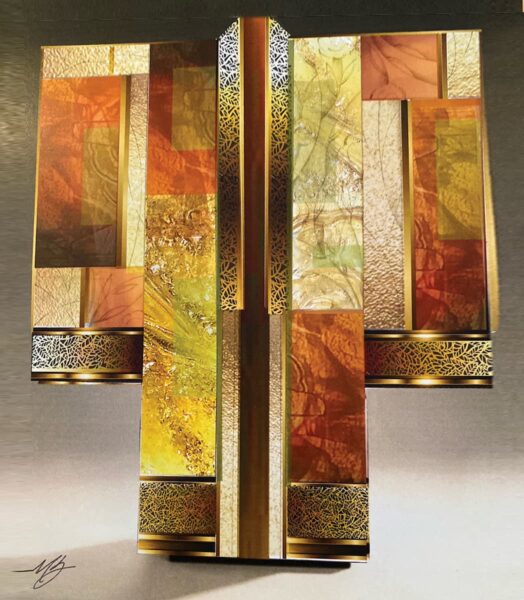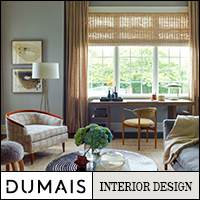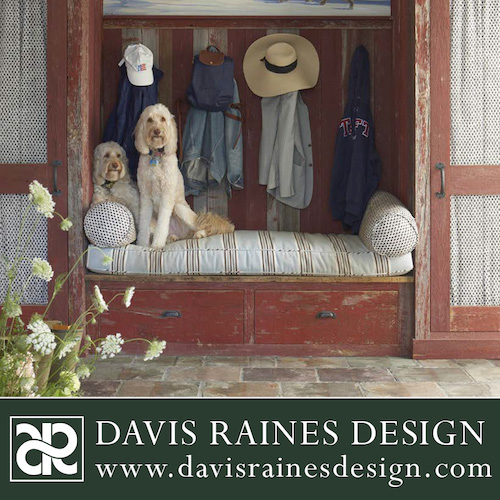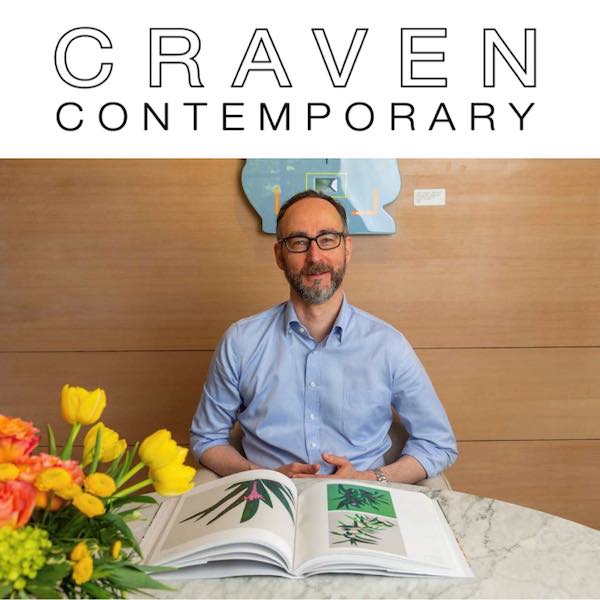Two Artists Bring New Meaning to a Classic Form
By Joseph Montebello
“Kimono: A traditional Japanese T-shaped, wrapped-front garment with square sleeves and a rectangular body. Kimono are typically made from a long, narrow bolt of cloth known as tanmono.” So reads the description of a classic kimono. And then there is the kimono as created by artist Peter Zsiba.
He and his partner in life and in business Maura Smolover are the owners and creators of Arts in Architecture in New Milford, which designs fine decorative elements and entertainment attractions that provide thematic identity for casinos, restaurants, and hotels. This includes lighting, sound, and kinetic effects that surprise, delight, and capture the imagination. As they describe it: “Art that amplifies the experience of the place and tells the story of its site.”
“We both worked at the Metropolitan Opera,” explains Smolover. “Peter was a scenic artist and I was an assistant to the set designers. But we did not meet there. That took place on the movie set of The Wiz. I was working for the production designer, who sent me over to Fantasy Props where Peter was working. We have what I call a 40-year personal, professional, and parenting relationship.”
In addition to telling a story or setting a scene, the couple wanted to design art that would be lasting. They got a call from Warner LeRoy, who had created Tavern on the Green in Central Park. He wanted dining to be a form of entertainment and so the couple created all the crystal chandeliers for the restaurant. Smolover designed all the stained glass pieces.
Zsiba and Smolover were then commissioned by Royal Caribbean Cruises to decorate the casinos and also create artwork for the board members’ private suites. The commissions continued and they have created art for other cruise lines as well as major corporations and private individuals. They are known nationally and internationally for their unique approach to making art out of glass. Which brings us to the kimonos—their latest creation.

“I use a process of kiln-forming, a technique where I manipulate shapes of glass with heat and molds,” explains Zsiba. “The molds sculpt dimension and give the glass castings an array of peaks and valleys and can create translucencies, reflections, refractions, and even glass with stonelike opaque richness.”
The kimono’s color palette lends itself to luminous layers of glass. Each piece is 5/16 inches thick. Each sheet has to be fired four times and handled with the utmost care. Even though the glass can be bent and rolled it is still fragile. The artwork in its finished form measures six feet by seven feet and is bordered with a simple frame.
The General Assembly of the United Nations has designated 2022 as the year of glass. Zsiba and Smolover have named their project Visions of Hope and each piece gives visual voice to an aspect of love and hope and a tribute to opera’s beloved Madame Butterfly.



















